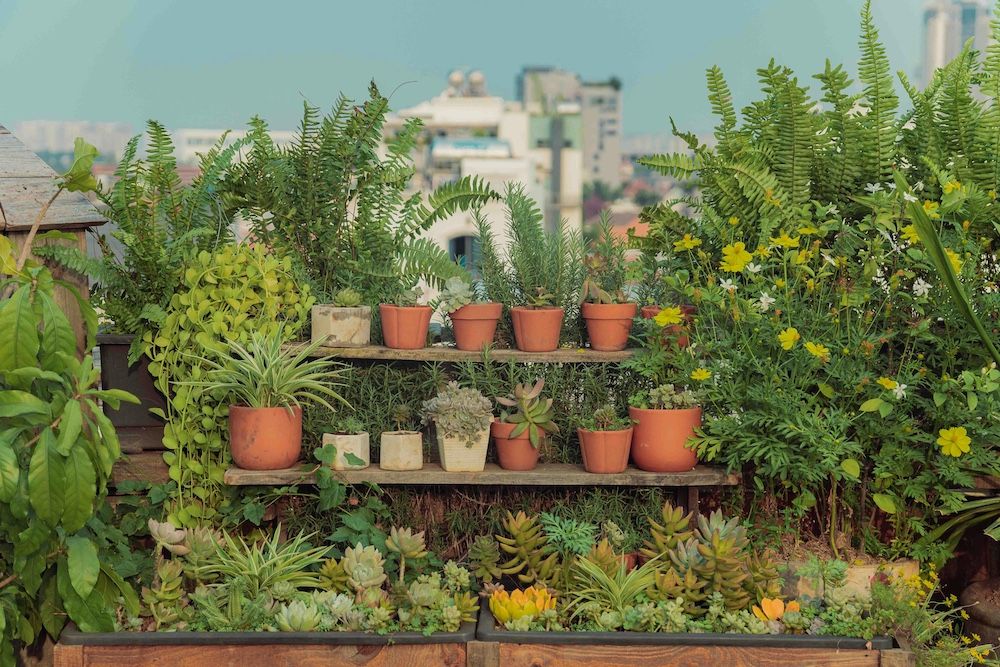Succulent plants are a diverse group of plants characterized by their thick, fleshy tissues that store water. This adaptation helps them survive in dry environments where water is scarce. Succulents come in a variety of shapes, sizes, and colors, and they are popular for their attractive appearance and low maintenance requirements.
Succulent plants' fleshy leaves, stems, or roots can retain moisture. They are adapted to arid conditions but can thrive in a range of indoor environments.Succulents include many different species, such as cacti, aloe, jade plants, and echeveria.
If you're trying to plant succulents, here are some tips for you.
Chose a pot and ensure the pot has drainage holes to prevent waterlogging, which can cause root rot. And the size of the pot should be slightly larger than the root ball of the plant to give it room to grow. Use a soil mix specifically designed for succulents and cacti, or create your own by mixing regular potting soil with sand or perlite to enhance drainage. Fill the pot with soil mix, leaving some space at the top for watering. Place the succulent in the pot, making sure the roots are spread out. Fill in around the roots with soil, pressing it gently to remove air pockets. Water lightly after planting. Avoid overwatering, which is a common issue with succulents.
Most succulents prefer bright, indirect sunlight. Some, like cacti, thrive in direct sunlight.Place them near a sunny window or under a grow light if natural light is insufficient. Succulents generally need less frequent watering compared to other plants. Water when the soil is completely dry, typically every 1-3 weeks, depending on the environment and season. Water deeply, allowing excess water to drain out. Ensure the soil dries out completely before the next watering.
Most succulents prefer temperatures between 60°F and 80°F (15°C to 27°C). Some can tolerate cooler temperatures, but avoid frost. Succulents generally prefer low humidity. High humidity can lead to fungal issues. Fertilize sparingly, typically once a month during the growing season (spring and summer). Use a diluted, balanced fertilizer or one specifically designed for succulents. Repot succulents every 2-3 years or when they outgrow their pot. Gently remove the plant from its pot, trim any dead or damaged roots, and place it in a slightly larger pot with fresh soil.
Watch out for common pests like mealybugs and spider mites. Treat infestations promptly with appropriate methods. Avoid overwatering and ensure good air circulation to prevent fungal infections and root rot.
By following these guidelines, you can successfully grow and maintain healthy, thriving succulent plants. Their unique beauty and minimal care requirements make them a great choice for both novice and experienced gardeners.




